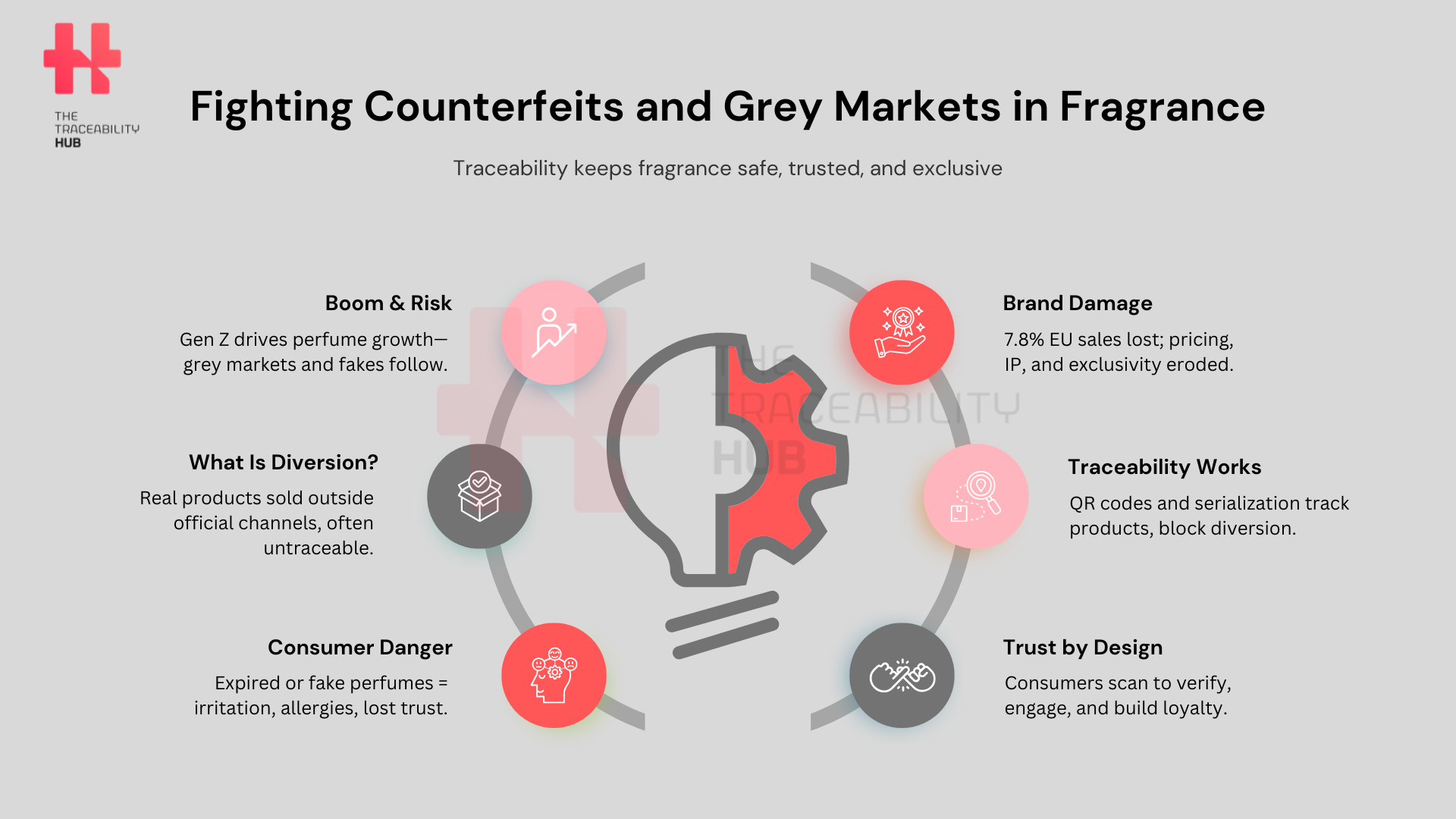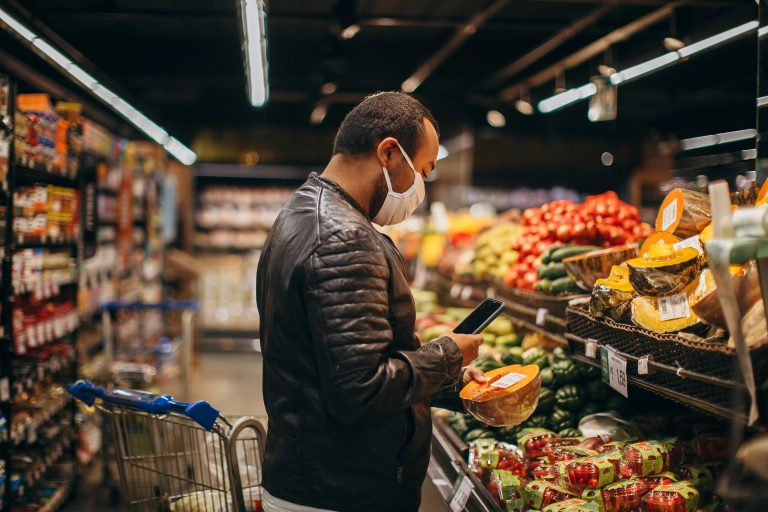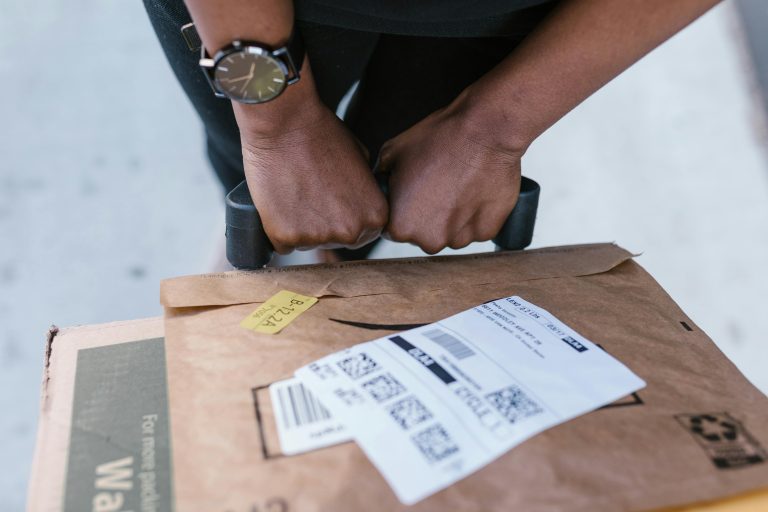The Fragrance Boom: A New Generation of Perfume Enthusiasts
With a 7% CAGR, the perfume market is booming, and much of that growth is being driven by Gen Z. For them, a scent isn’t just a finishing touch; it’s a signature. It’s how they express individuality.
Interestingly, while other luxury categories are seeing a slowdown, perfume sales continue to rise. This surge, however, has brought some unwelcome attention. Fraudsters have caught on to the demand, and luxury perfumes are now in the crosshairs of sophisticated return scams and grey market schemes.
Understanding the Grey Market Luxury Fragrance
The grey market sells genuine products the wrong way. Think of it as the resale of authentic perfumes through unofficial channels. These include luxury goods purchased in one country and resold in another without brand approval, or inventory leaking and lack of compliance and customer protection onto platforms not meant for luxury goods.
You’ll find these bottles on online marketplaces, unofficial perfume resellers or in stores that were never meant to carry them and bouncing across borders in search of better profit margins. Fragmented supply chains make it hard to know where your bottle really came from. Making also easier to mistake, within the original products, also the counterfeit ones.
Fake Luxury Products: Hidden Dangers of Grey Market Perfumes
At first glance, a grey market luxury fragrance might seem like a great deal. But there’s more than meets the eye. Some of these bottles are expired or improperly stored.
In some cases, they’re tampered with or completely counterfeit, and the average buyer has no way to tell. In fact, 1 in 4 consumers unknowingly owns at least one fake product. Add in the lack of customer support or return options, and you’ve got a recipe for both disappointment and risk.
Fragrance Brand Integrity: The Impact on Brands and Industry
For luxury brands, grey market perfumes activity is a financial drain. In Europe alone, diverted sales are estimated to account for a 7.8% revenue loss, and tens of thousands of jobs are affected.
But it’s not just about money. When customers get a subpar product, they blame the brand. Pricing strategies fall apart, prestige fades, and once-loyal salons and retailers start questioning their partnership. Over time, the brand’s image takes a hit that’s hard to repair.
Luxury Brand Counterfeiting: A Parallel Crisis
Fighting Counterfeiting and Grey Markets in Fragrance

Then there’s the counterfeit problem. Today’s fake perfumes are nearly identical in appearance to the real thing, with packaging so convincing it could fool even trained eyes.
The legal risks for brands are steep, but the bigger issue is consumer trust. Once someone buys a counterfeit that smells off or causes a reaction, it erodes faith in the entire category. That kind of damage can’t be fixed with a refund.
Traceability for Luxury Products as a Strategic Response
To fight back, brands are turning to technology. Tools like serialization, unique product IDs, smart labels, UV inks, and blockchain luxury goods backed records give each bottle a digital fingerprint.
That means brands can track exactly where a product has been – from the factory floor to the final shelf. It also helps identify where things go wrong in the trade and partners management, giving companies a chance to shut down bad actors before damage spreads.
Fake vs. Real Perfume: From Product Protection to Consumer Empowerment
But traceability for luxury products isn’t just for manufacturers. It’s for consumers too. With QR codes or authentication scans, buyers can verify that their perfume is the real deal. They can learn where it came from and how it was made.
These anti-counterfeit technologies are trust-building. And when done right, they even open the door to loyalty programs and rewards. It’s a smart way to turn safety into engagement.
Economic and Operational Value of Traceability
There’s also a behind-the-scenes benefit. Traceability for luxury products improves data intelligence: how brands manage stock, track shipments, and handle recalls. It helps prevent products from getting dumped in the wrong channels or sold under the radar.
All of this adds up to better control, fewer losses, and smarter, more agile operations. In other words, it’s a competitive advantage.
Redefining Luxury in a Hybrid Retail Landscape
Today, prestige isn’t what it used to be. Some retailers are blending luxury and mass-market products in the same space, giving consumers more choice, but also more confusion.
People want the convenience of broad access, but they also want to know they’re buying the real perfume. Brands that fail to strike the right balance risk losing what makes them special in the first place.
Charting a Transparent Future for the Perfume Industry
The grey market and counterfeit luxury market challenges aren’t going anywhere. But that doesn’t mean brands are powerless. By investing in traceability, engaging their consumers, and prioritizing transparency, they can lead the industry forward.
The future of luxury fragrance won’t be defined by exclusivity alone. It will be shaped by authenticity, innovation, and how well brands can build trust in a world where buying channels are multiplying. The ones who get this right won’t just survive—they’ll thrive.
Read more: Stella McCartney and Fashion Circularity Through Recommerce






